制冷系统混合仿真平台设计
摘要制冷设备普遍应用于我们生活的各个方面,而空调制冷系统作为一种能够改善人们生活和工作环境的设备逐渐成为与我们的日常生活密不可分的必需品之一。随之而来的空调能耗总量逐年增大,使得空调的节能优化设计已成为当今社会的重点研究问题之一。计算机仿真技术不仅可以作为实现制冷空调产品设计的现代化手段,也是实现空调优化节能设计的重要方法之一。本文针对制冷系统仿真过程的需要,基于Fortran程序语言分别建立了典型单级制冷系统部件的稳态数学模型和动态数学模型,在此基础上又提出了一种新型混合仿真方案,并借助Matlab软件仿真方法实现了两种软件的混合仿真,探讨了不同工况下空调系统的性能变化,为实际机组的运行提供...
相关推荐
-
我国基层财政困难的制度成因分析与对策研究VIP免费
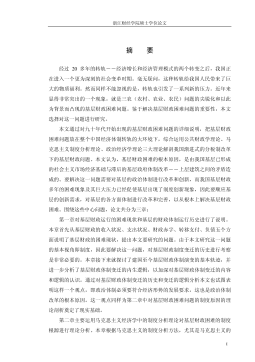
 2024-09-20 25
2024-09-20 25 -
我国煤电产业链纵向交易合约机制研究VIP免费
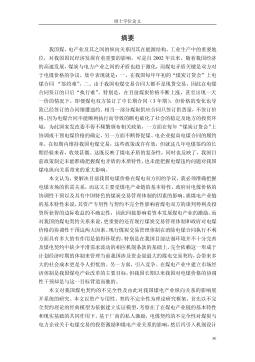
 2024-09-20 23
2024-09-20 23 -
生产要素视角下的上海市产业结构优化研究VIP免费
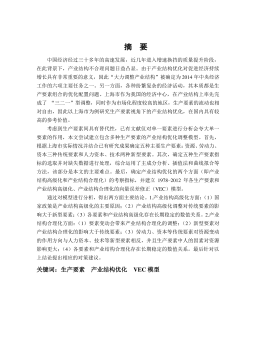
 2025-01-09 6
2025-01-09 6 -
我国银行业结构与经济结构关系研究VIP免费
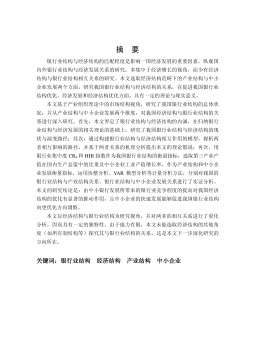
 2025-01-09 7
2025-01-09 7 -
大数据视角下农业供应链金融研究VIP免费
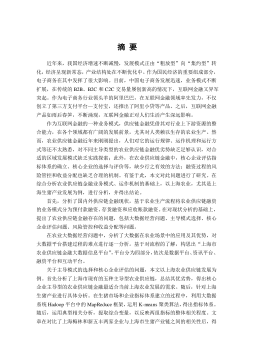
 2025-01-09 6
2025-01-09 6 -
跨国大型综合超市的规划研究VIP免费
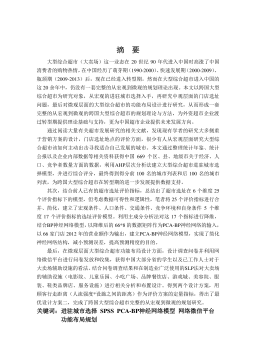
 2025-01-09 6
2025-01-09 6 -
跨境电商农产品质量安全问题研究VIP免费
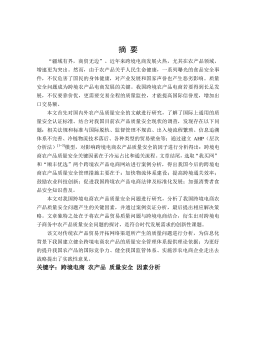
 2025-01-09 6
2025-01-09 6 -
世界市场的虚拟化与我国国际电子商务发展方向研究VIP免费
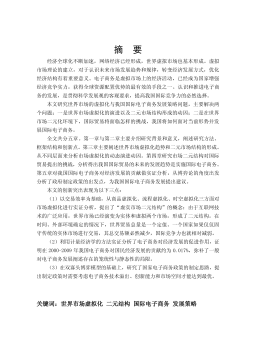
 2025-01-09 6
2025-01-09 6 -
中国政府对电力行业的价格规制问题研究VIP免费
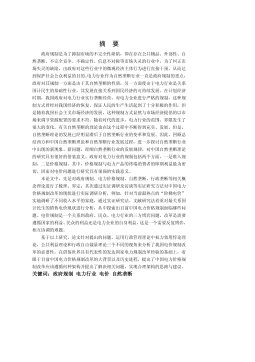
 2025-01-09 6
2025-01-09 6 -
中小企业信息化系统集成技术研究VIP免费

 2025-01-09 11
2025-01-09 11
作者详情
相关内容
-

跨国大型综合超市的规划研究
分类:高等教育资料
时间:2025-01-09
标签:无
格式:PDF
价格:15 积分
-

跨境电商农产品质量安全问题研究
分类:高等教育资料
时间:2025-01-09
标签:无
格式:PDF
价格:15 积分
-

世界市场的虚拟化与我国国际电子商务发展方向研究
分类:高等教育资料
时间:2025-01-09
标签:无
格式:PDF
价格:15 积分
-

中国政府对电力行业的价格规制问题研究
分类:高等教育资料
时间:2025-01-09
标签:无
格式:PDF
价格:15 积分
-

中小企业信息化系统集成技术研究
分类:高等教育资料
时间:2025-01-09
标签:无
格式:PDF
价格:15 积分






